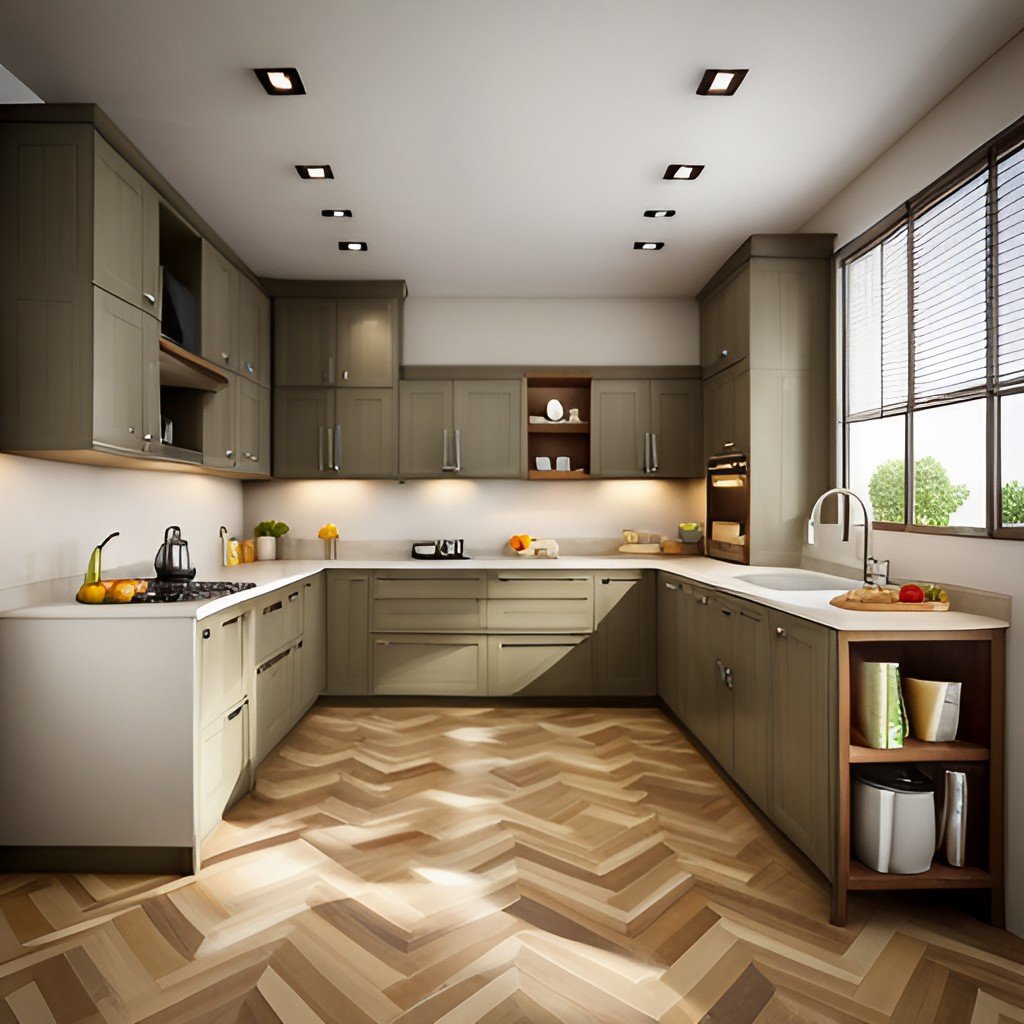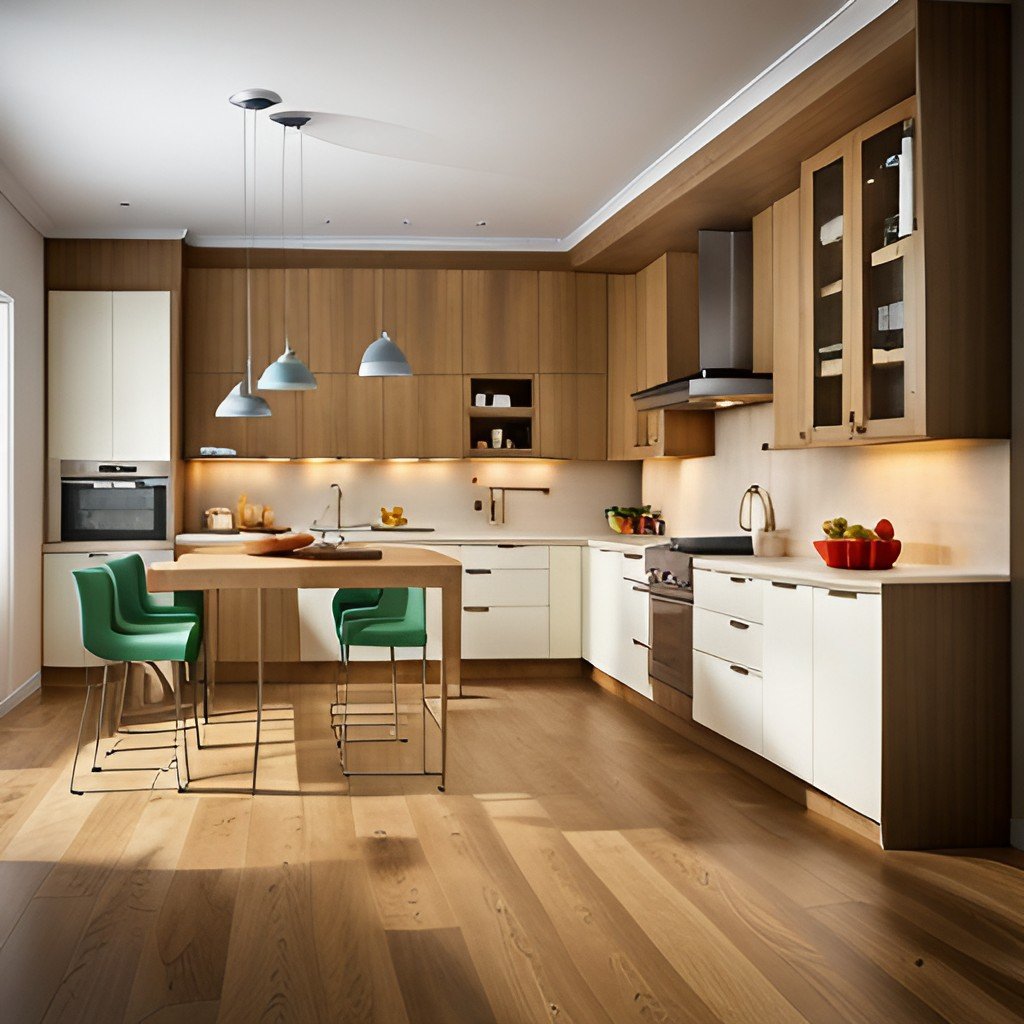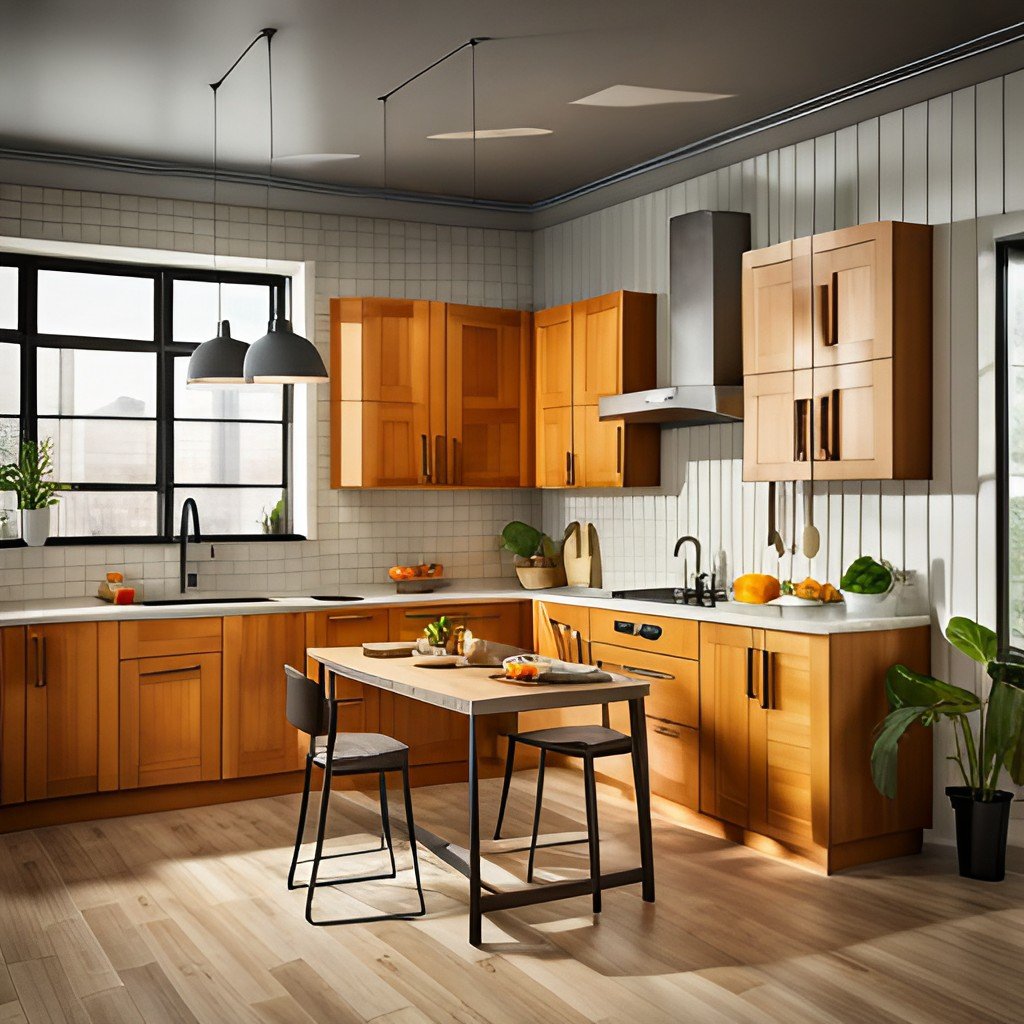
Principles of Modular Kitchen Design: The 5-Zone Concept
Modular kitchens have transformed how we think about kitchen spaces, especially in diverse places like India, where the blend of traditional and contemporary designs creates a unique style. This blog explores the principles of modular kitchen design through the lens of the 5-zone concept, ensuring functionality meets style in every corner.
Understanding Modular Kitchen
A modular kitchen consists of pre-made cabinets and fittings that can be assembled to create a fully functional kitchen space. The design focuses on maximizing utility and space efficiency, making it a popular choice for modern homes.
What is the 5-Zone Concept?
The 5-zone concept divides a kitchen into five distinct zones, each designated for a specific purpose. This approach maximizes efficiency and organization in the kitchen, creating a seamless cooking experience.

The 5-Zone Concept in Modular Kitchen
The 5-zone concept is a strategic approach to kitchen organization, ensuring everything you need is within reach and kitchen tasks flow seamlessly. Here’s how it breaks down:
1. The Consumables Zone
- Location: Near the refrigerator and pantry.
- Function: Storage for food items that are used daily.
- Benefits: Simplifies meal prep by having ingredients close at hand.
2. The Non-Consumables Zone
- Location: Close to the dining area.
- Function: Storage for dishes, glasses, cutlery, and other dining essentials.
- Benefits: Makes setting and clearing the table more efficient.
3. The Cleaning Zone
- Location: Around the sink area.
- Function: Dedicated space for the sink, dishwasher, and cleaning supplies.
- Benefits: Streamlines the clean-up process after meals.
4. The Preparation Zone
- Location: Centrally located for easy access from all zones.
- Function: A spacious countertop area for food preparation.
- Benefits: Provides ample space for chopping, mixing, and other prep work.
5. The Cooking Zone
- Location: Near the stove and oven.
- Function: Houses cooking appliances and utensils.
- Benefits: Concentrates cooking activities in one area, enhancing safety and efficiency.
Designing a Modular Kitchen in Indian Style
When bringing modular kitchen design principles to Indian homes, consider the following:
- Diverse Cuisine: Indian cuisine involves a variety of cooking techniques. Ensure your kitchen has versatile zones to accommodate these methods.
- Vibrant Colors: Incorporate vibrant colors and patterns that reflect India’s rich cultural heritage into cabinetry and backsplash designs.
- Durability: Choose materials that can withstand the rigors of Indian cooking, including heat, spices, and oil.

Key Elements of a Successful Modular Kitchen Design
- Ergonomics: Design your kitchen to minimize movements and maximize convenience.
- Storage: Optimize storage to reduce clutter and keep essentials within reach.
- Lighting: Ensure each zone is well lit, enhancing functionality and ambiance.
- Ventilation: Install a good exhaust system to handle the aromas and heat of cooking, especially important in Indian kitchens.
Incorporating Interior Design Styles in Modular Kitchen in India
- Traditional Indian Style: Combines warm colors, intricate carvings, and brass or copper accents.
- Contemporary Style: Features sleek lines, minimalistic design, and the use of modern materials like laminate and glass.
- Fusion Style: A blend of traditional and modern elements, creating a unique and personal kitchen space.
Practical Tips for Implementing The 5-Zone Concept
- Assess Your Needs: Consider your cooking habits and what you need within reach.
- Space Planning: Ensure there’s a logical flow between zones to minimize movement.
- Flexibility: Modular kitchen components allow for easy adjustments. Be open to reorganizing as your needs change.
Conclusion
The 5-zone concept revolutionizes modular kitchen design, making cooking a pleasure rather than a chore. By understanding and applying these zones, especially within the context of Indian interior design, you can create a kitchen that’s not just a place to cook but a hub of home life. Modular kitchens embody the fusion of functionality and style, proving that with the right design principles, you can create a space that truly feels like the heart of the home.






